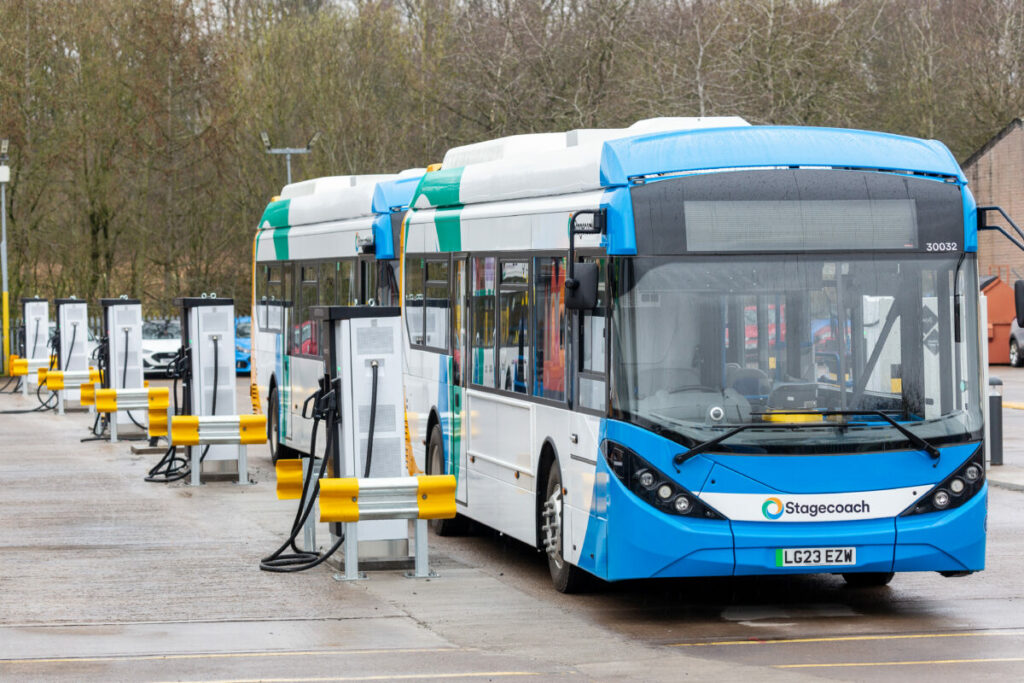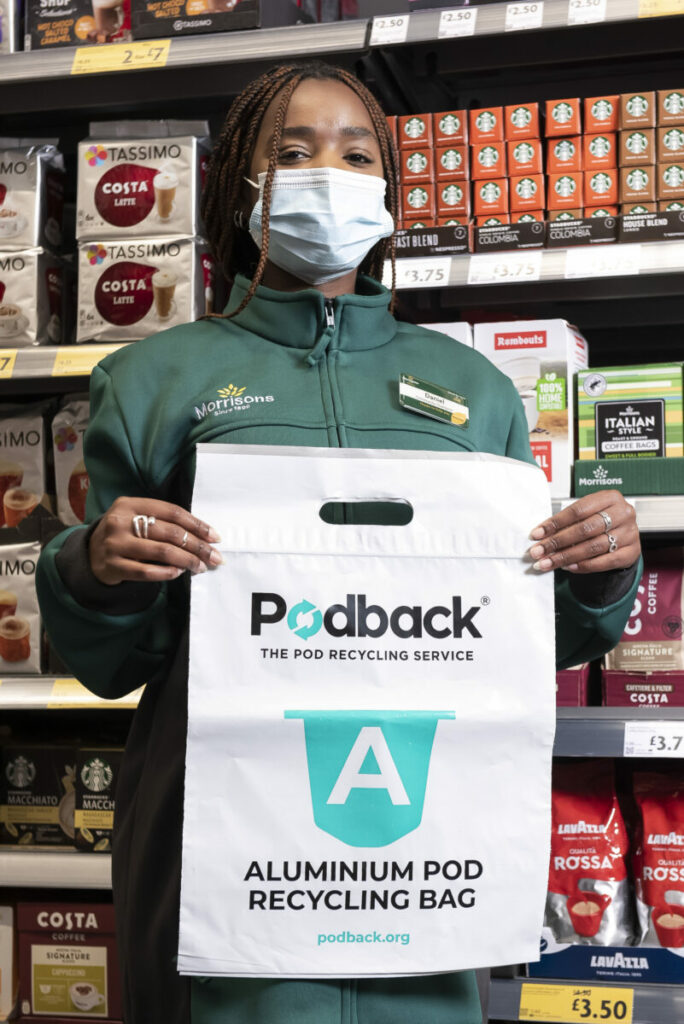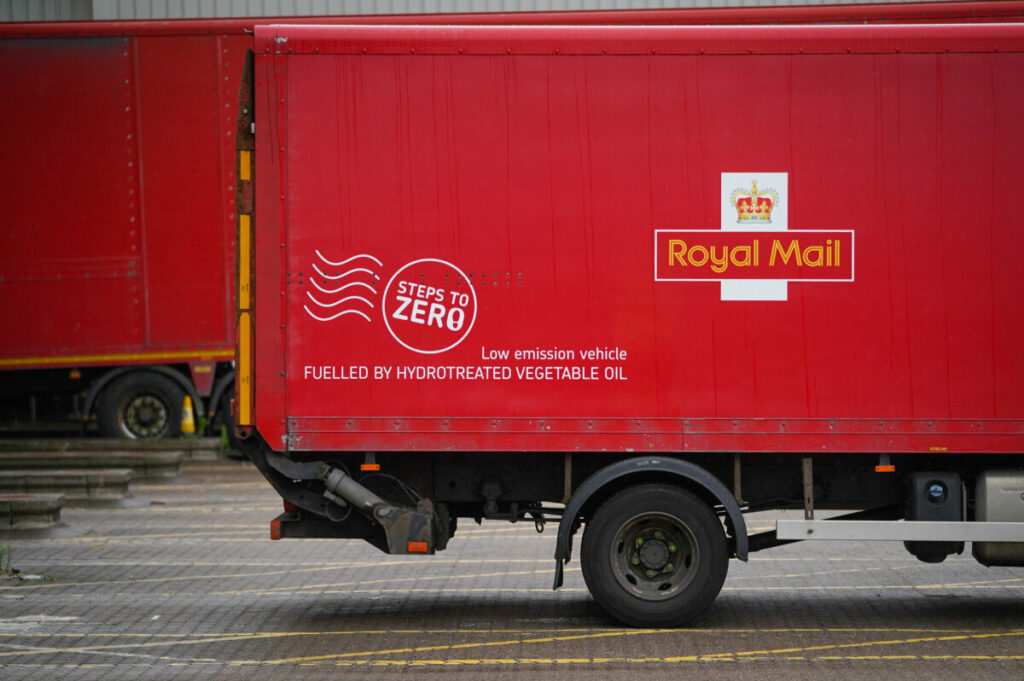Birds Eye owner Nomad Foods has unveiled a 3oC increase in frozen food storage temperatures could reduce freezer energy consumption by over 10% with no need to reformulate products.
The six-month pilot study in collaboration with Campden BRI shows storing frozen food at -15oC, instead of the industry standard -18oC, could reduce freezer energy consumption by more than 10% without any noticeable impact on product safety, texture, taste or nutrition of the frozen food products.
Nomad Foods CEO Stéfan Descheemaeker said the study could “revolutionise” the industry, allowing manufacturers, food retailers and consumers to “further reduce the carbon footprint of frozen food products.”
Subscribe to Sustainability Beat for free
Sign up here to get the latest sustainability news sent straight to your inbox every day
Nine products were tested in the pilot including poultry, coated fish, natural fish, vegetables, plant based and pizza. Four temperatures (ranging from -18oC up to -9oC) and eight key areas including food safety, texture, nutrition, energy use and packaging impact were tested.
Results from Nomad Foods showed no significant change to the products across the areas tested at any of the higher temperatures with the following exceptions. There was some change in sensory for Mixed Veg at -9oC and Salmon Fillets at -12oC. There was also some impact on vitamin C for vegetable products when stored at the highest temperature -9oC.
Campden BRI also estimates that for every 3oC increase in temperature there is a drop in freezer energy consumption of 10% – 11%.
Nomad Foods’ new study, comes on the back of its industry leading research on the life cycle analysis of frozen food published last year which showed that frozen food performs very well against alternatives in terms of carbon footprint, partly due to much lower levels of food waste.















